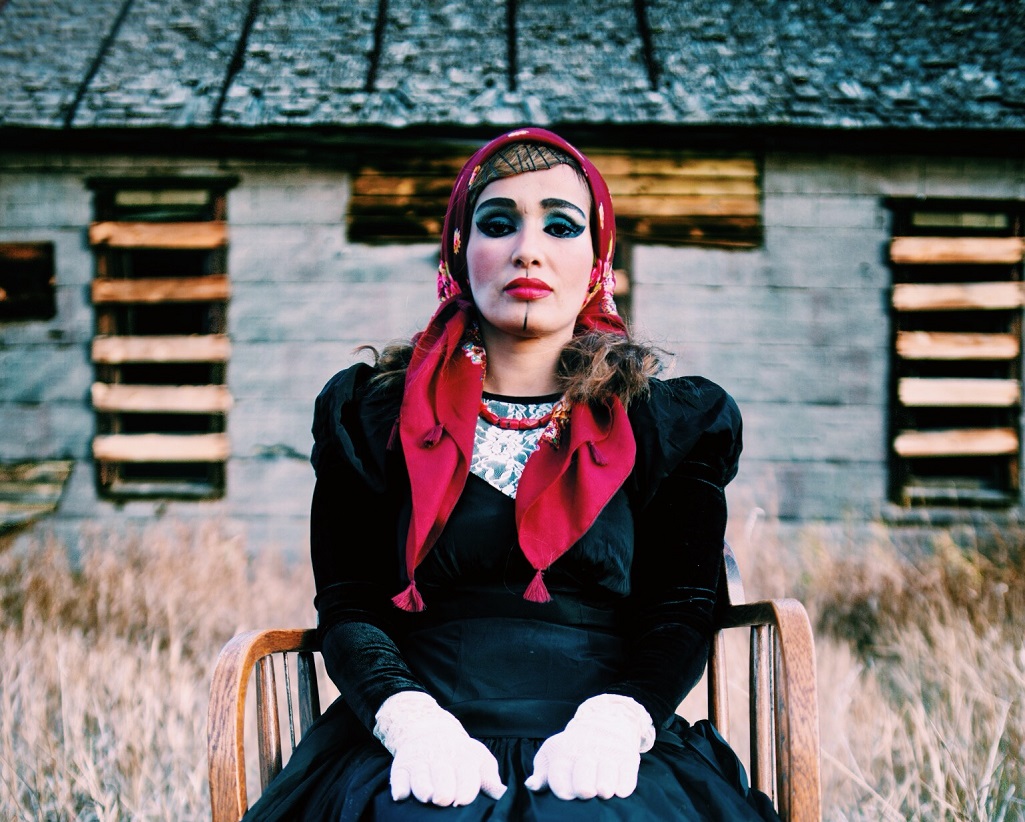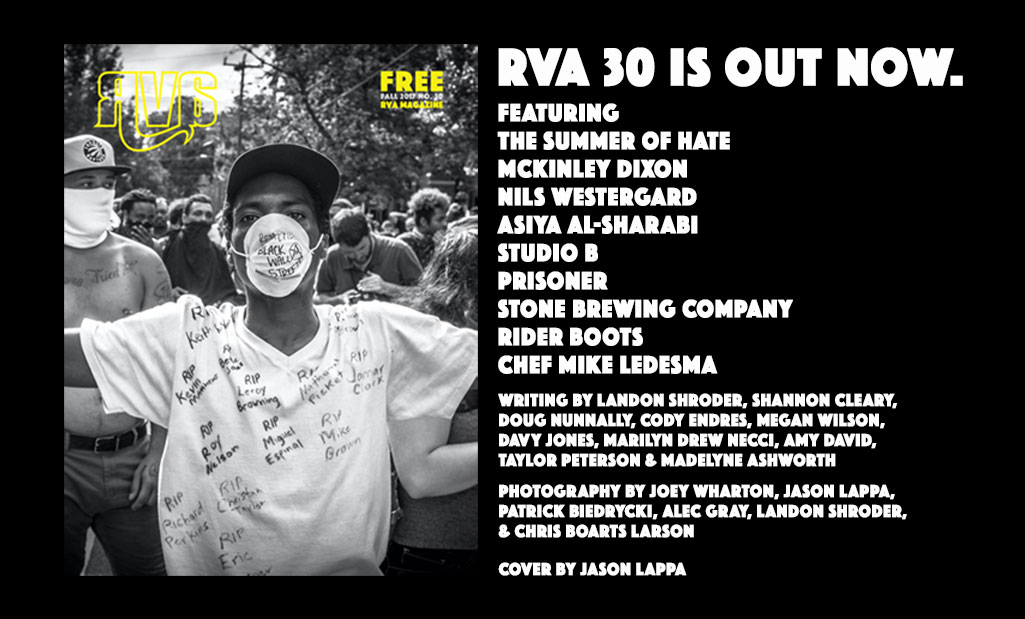We last spoke with artist Asiya al-Sharabi in October of 2017. Her mixed-media series, Trumperie, which we highlighted in our previous article, seems more relevant now than ever. That series of artworks explores what it means to be an immigrant during Donald Trump's...



